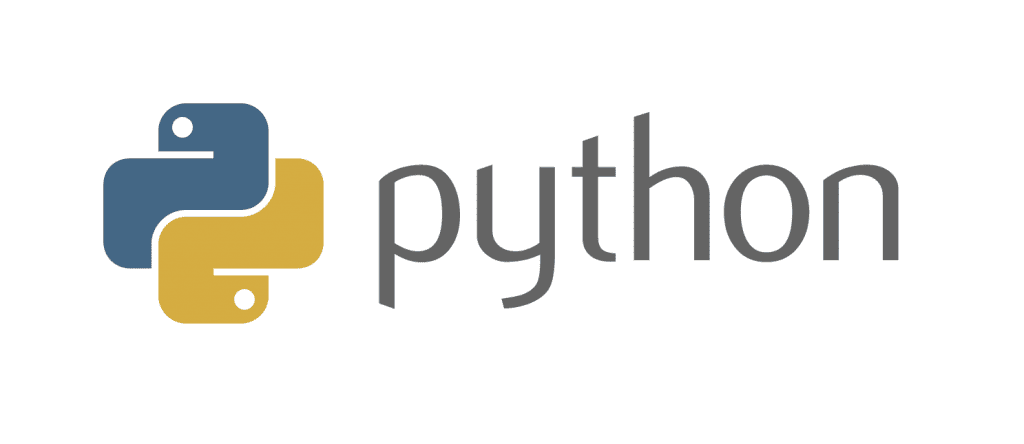There are numerous computer languages, same applies to hacking, there are different programming languages that hackers usually learn for the purpose of hacking and it also depends upon the target. They are divided into three parts:
- Web Hacking
- Exploit Writing
- Reverse Engineering
#1 Web Hacking
When the hacker has the intention to hack websites and applications, he/she learns the web coding like HTML, CSS, and Javascript as the majority of websites are built by using these languages. It allows a hacker to get a firm hold on the coding of the website or application.
HTML

HTML
It is a markup language used widely for describing web pages. HTML stands for Hypertext Markup Language. By learning HTML, a hacker is able to understand web actions, response etc.
Javascript

Javascript
It is the programming language of HTML and the Web. It is used widely in websites for a preferable interface and quick response. By learning Javascript, a hacker can understand the client-side mechanism which is necessary for finding client-side flaws.
PHP

PHP
It is a server-side scripting language used in web development and is also used as a general-purpose programming language. It manages web apps and database. It almost controls everything on site and server.
SQL

SQL
SQL stands for Structured Query Language is a special-purpose programming language used for managing data held in a relational database management system [RDBMS]. It is behind for managing sensitive information like user credentials, bank details, user details etc. To steal the sensitive details, hackers eyes to attack SQL of a website.
#2 Exploit Writing
Python

Python
It is widely used for general purpose and high-level programming language. Hacker should know Python as it is responsible for creating exploits and tools. Its design philosophy stresses code readability.
Ruby

Ruby
It is a dynamic, reflective, object-oriented and general purpose programming language. It is used for various purposes but it is generally used for Web Applications as Ruby on Rails framework.
Perl

Perl
It is a family of high-level, general-purpose, dynamic programming language. It is used for exploit writing. With Perl, a hacker is able to find many exploits if written in PERL. However, it is very complicated language and it was earlier called as duct tape of Internet.
Reverse engineering

Reverse engineering
It is also called back engineering. It is the procedure of extracting information from anything and then reproducing it by using the extracted information. It can be also used to crack software and media in order to dismiss their copy protection.
Comments
Post a Comment